
What Are Eye Floaters? Here What To Do If you Start Seeing Them, According to an Eye Doctor
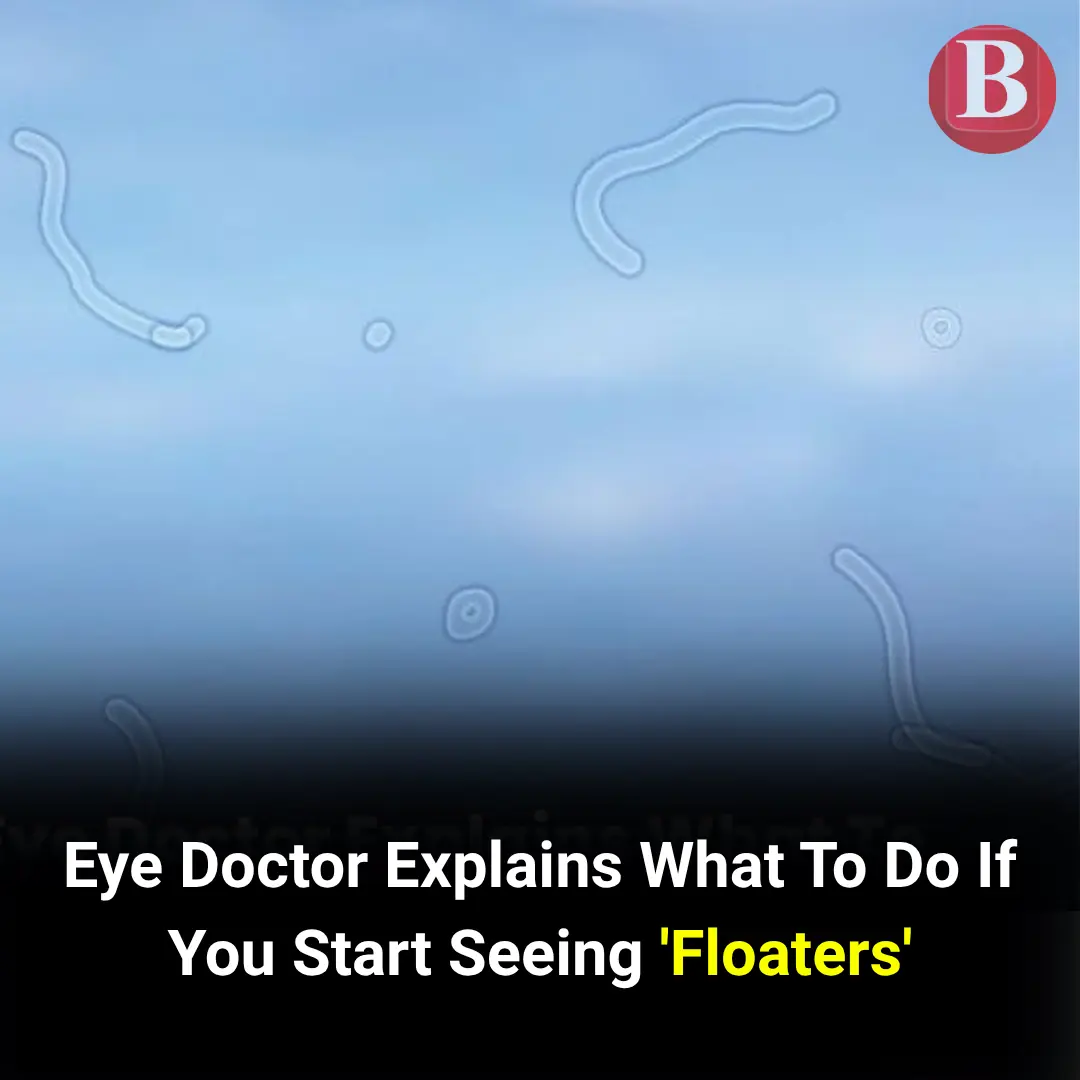
What Are Eye Floaters?
-
Eye floaters are small shapes drifting across your visual field — such as spots, threads or squiggly lines — especially noticeable when looking at a bright background like the sky or a white wall.
-
They move as your eyes move and often seem to dart away when you try to focus on them.
What Causes Eye Floaters?
-
The main cause is age‑related changes in the vitreous (the gel‑like substance inside the eye). As we age, it becomes more liquefied and the microscopic fibres within it can clump together, casting shadows on the retina (what we see as floaters).
-
Less commonly, floaters may be linked to more serious conditions such as eye infections, uveitis (inflammation of the eye), or a tear/detachment of the retina.
Who Is At Higher Risk?
-
People who are nearsighted (myopic)
-
Those who have had cataract surgery
-
Individuals with diabetes (which can lead to diabetic retinopathy)
-
Older adults simply due to aging changes in the eye

Symptoms to Watch For
-
In many cases floaters are benign (harmless) and simply an annoyance.
-
However, if you suddenly notice:
-
A dramatic increase in floaters
-
Flashes of light
-
A shadow or “dark curtain” moving across your vision
-
Loss of peripheral vision
These may be warning signs of a retinal tear or detachment (a medical emergency) and should prompt immediate medical attention.
-
How Are Floaters Diagnosed?
-
An eye doctor uses a dilated eye exam (drops are used to widen the pupils so the specialist can view the vitreous and retina more clearly) to diagnose floaters and check for underlying issues like retinal tears.
Treatment Options
-
For most people: No treatment is needed because floaters become less noticeable over time and do not threaten vision.
-
In more severe cases, where the floaters significantly impair vision:
-
Vitrectomy: surgical removal of the vitreous gel and replacement with a saline solution.
-
Laser therapy: lasers are used to break up floaters and make them less intrusive.
-
These interventions carry risks (including infection and retinal damage) and thus are reserved for more serious cases.
-
Lifestyle Tips & Prevention
-
While age‑related vitreous changes can’t be fully prevented, you can support eye health through:
-
Regular eye check‑ups (especially if you have risk factors)
-
Diet rich in omega‑3 fatty acids, vitamin A, zinc (these support general eye health)
-
Avoid smoking (smoking can worsen eye health)
Simple eye movements/exercises: moving your eyes up and down can sometimes shift floaters out of your main line of sight.
-
Bottom Line / Key Take‑away
-
Floaters are very common and usually not harmful, but you shouldn’t ignore them if they change suddenly. The article emphasises that sudden changes in floaters, flashes of light or visual curtain‑shadows are red flags that require urgent attention.
Regular eye examinations and awareness of changes in your vision are your best defence against serious complications.
News in the same category


Everything you need to know about chronic constipation: A hidden threat to your digestive health
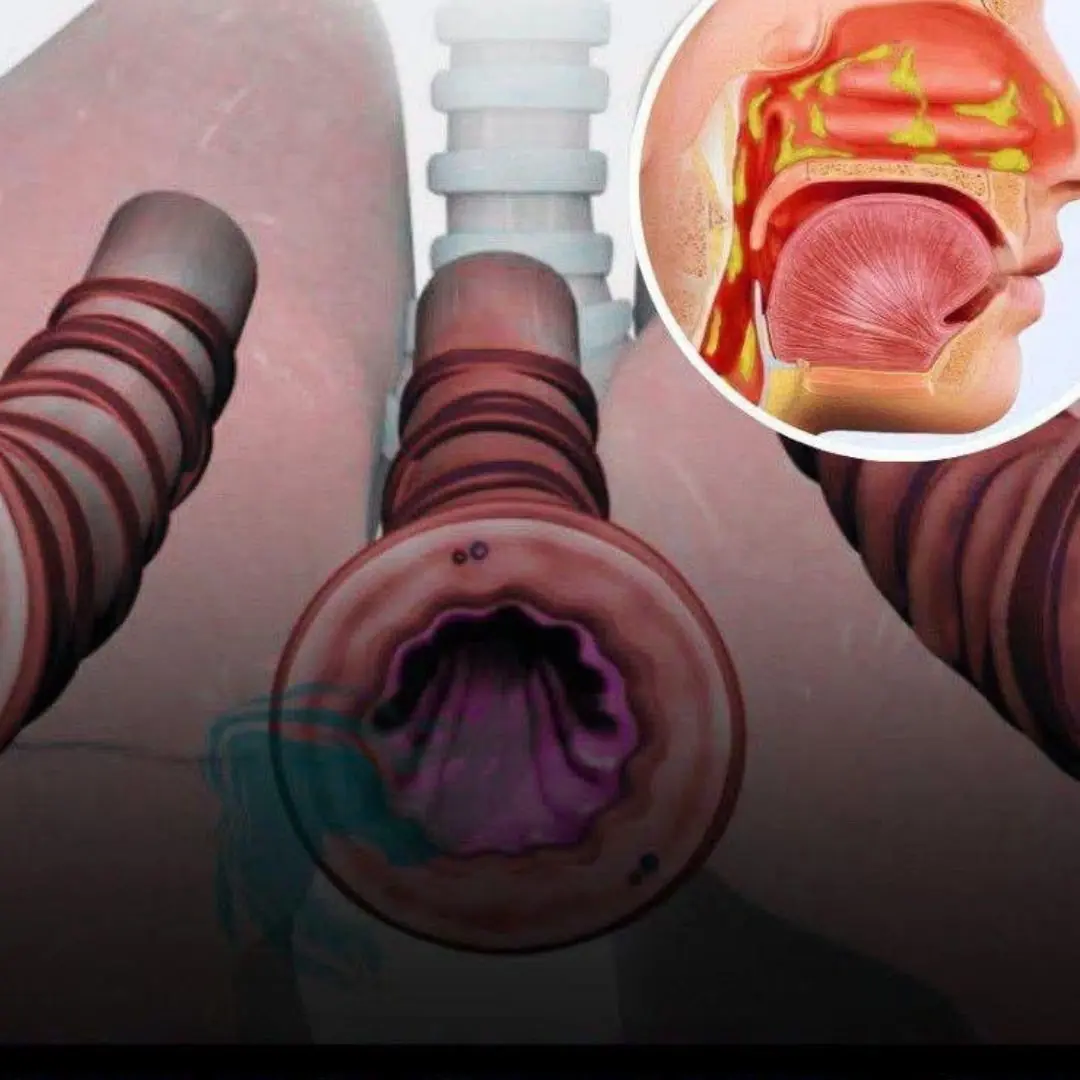
How to get rid of phlegm and mucus in your chest and throat

Doctor Shares What It Means If You Always Need To Poo Immediately After You Eat

The Reason You May Get Random Stabbing Pains in Your Chest Explained
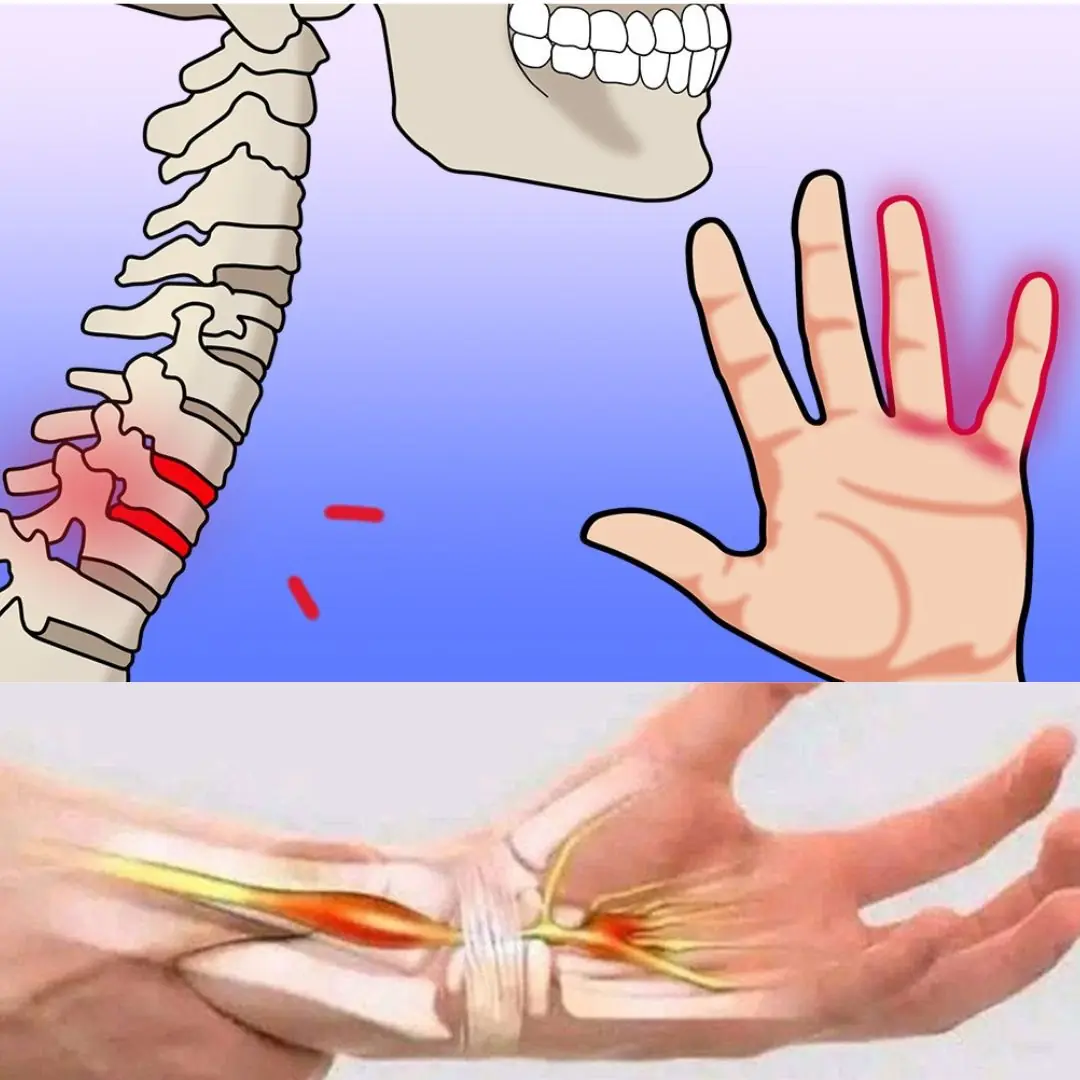
Numbness or tingling sensations in your hands

Dill Seeds: A Forgotten Treasure for Digestion, Hormones, and Restful Sleep

Eggplant is the king of vegetables but these 4 groups of people should absolutely avoid it

Eat These 10 Superfoods to Speed Up Can.cer Recovery and Prevent Recurrence!

10 Foods to Effectively Lower Bloo.d Sugar After a Meal

5 Common Breakfast Mistakes That Quietly Cause Weight Gain After 40

The Type of Meat That Spikes Ur.ic Ac.id and Accelerates Kid.ney Failure

Protect your kidneys - choose your drinks wisely! Avoid these 4 ha.rmful beverages and hydrate the right way

Reason people get strange white bumps on their lips or private parts

10 signs you’re living with clogged arteries

Doctors Warn That Unusual Odors in 3 Body Areas May Signal Liv.er Damage

If Your Legs Cramp at Night You Need to Know This Immediately
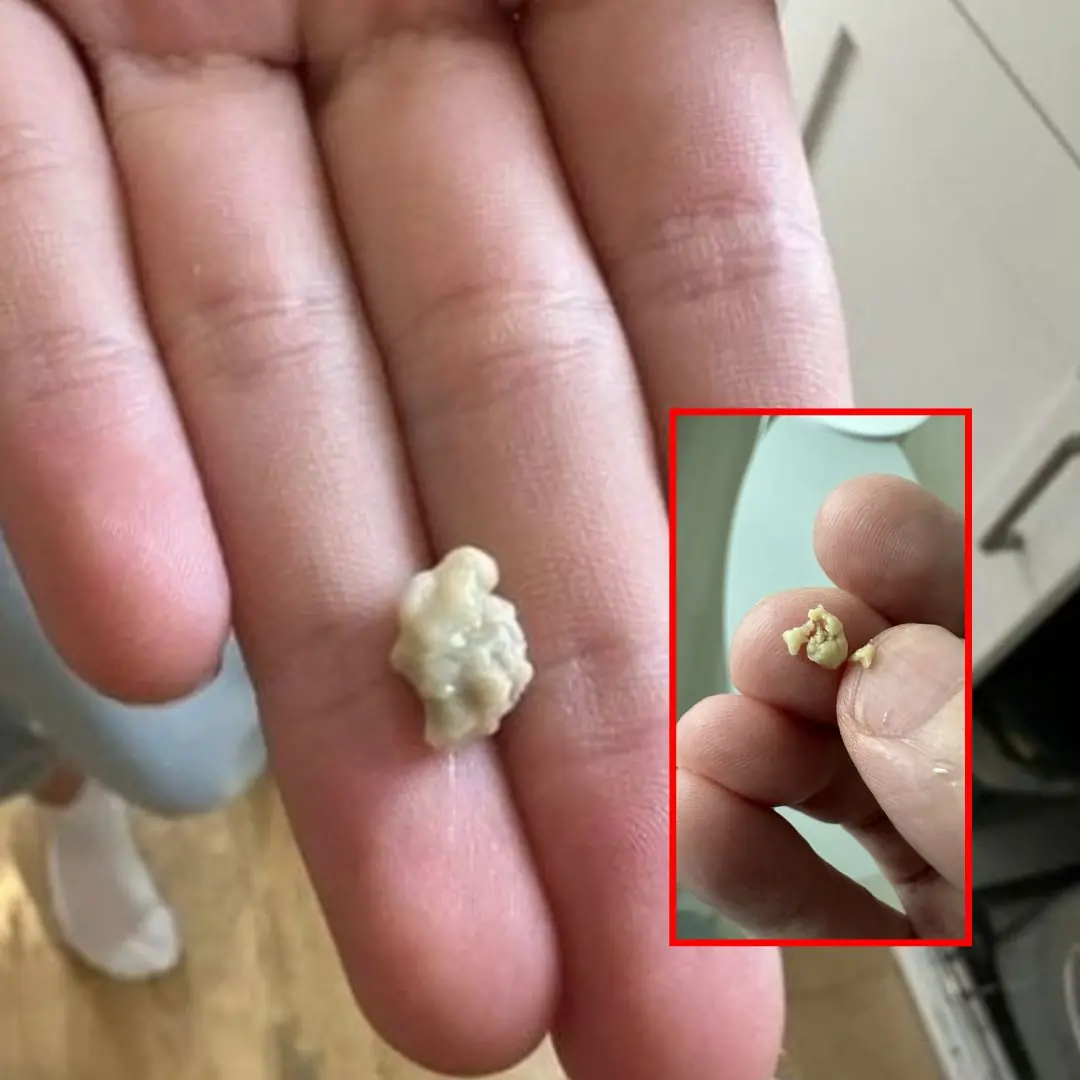
I sneezed 4-5 times yesterday and then felt something tickling my throat

Why Do Your Hands and Feet Itch Like Crazy Every Winter?
News Post

Is Broccoli Better Than Cauliflower? The Real Truth About Cancer Risk, Heart Health and More

Everything you need to know about chronic constipation: A hidden threat to your digestive health

How to get rid of phlegm and mucus in your chest and throat

Doctor Shares What It Means If You Always Need To Poo Immediately After You Eat

10 Genius Tide Pod Hacks You’ve Probably Never Heard Of

Why do women cross their legs when sitting?
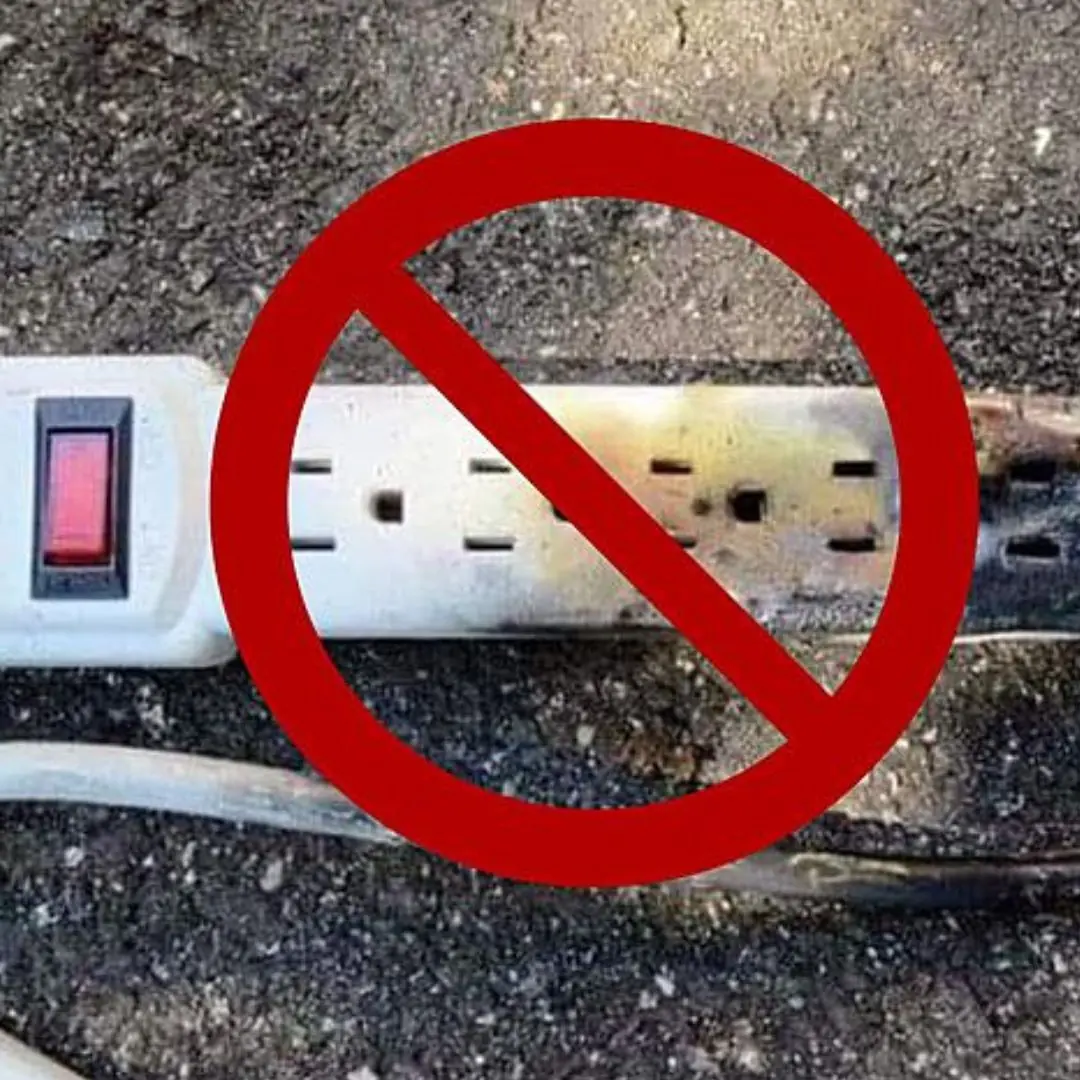
9 things you should never plug into a power strip

The Reason You May Get Random Stabbing Pains in Your Chest Explained

Numbness or tingling sensations in your hands

Dill Seeds: A Forgotten Treasure for Digestion, Hormones, and Restful Sleep
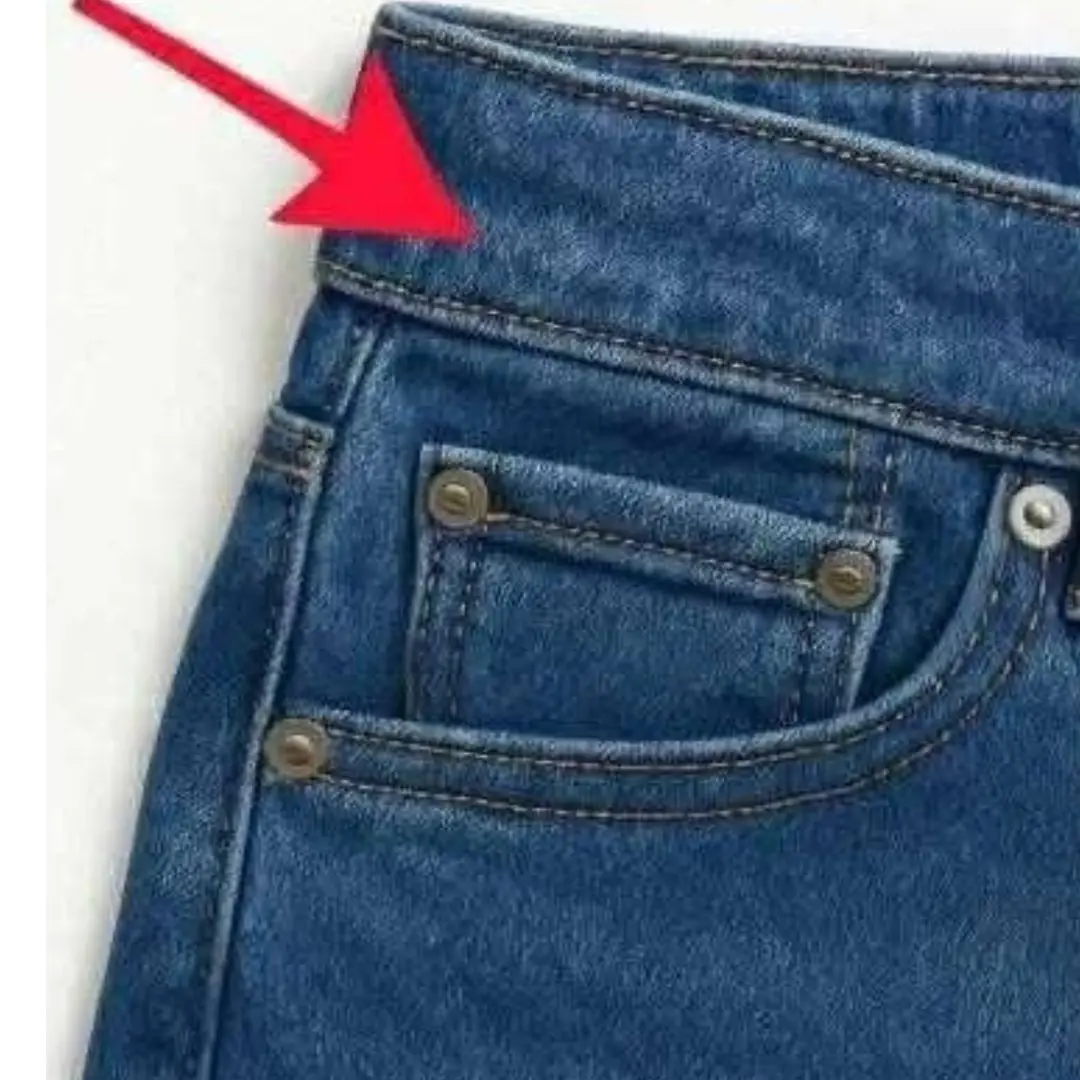
The story behind the tiny pocket on your jeans

Eggplant is the king of vegetables but these 4 groups of people should absolutely avoid it

47 Bikers Showed Up To Walk My 5-Year-Old Son Into Kindergarten After His Father Was Killed Riding His Motorcycle To Work

The Secret Language Between Flight Attendants and Pilots That Most Passengers Don’t Understand
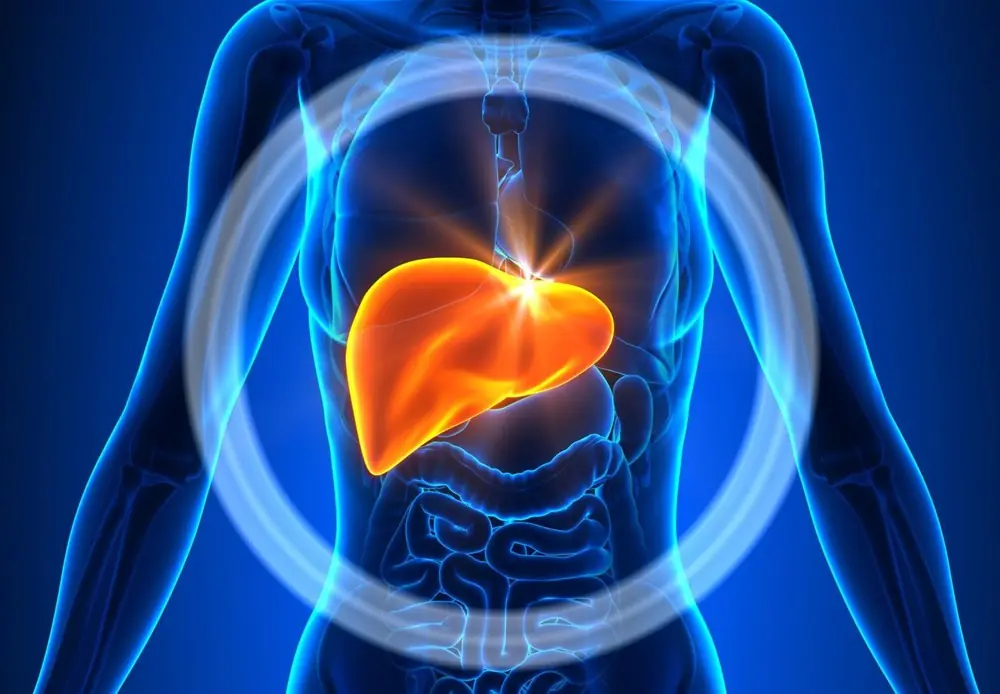
5 Simple Habits to Protect Your Liv.er and Boost Your Health After 40

Is Drinking Lemon Water Good or Bad for Your Kid.neys?

How Black Tea Can Help Lower Ur.ic Ac.id and Protect Your Kid.neys

Eat These 10 Superfoods to Speed Up Can.cer Recovery and Prevent Recurrence!
